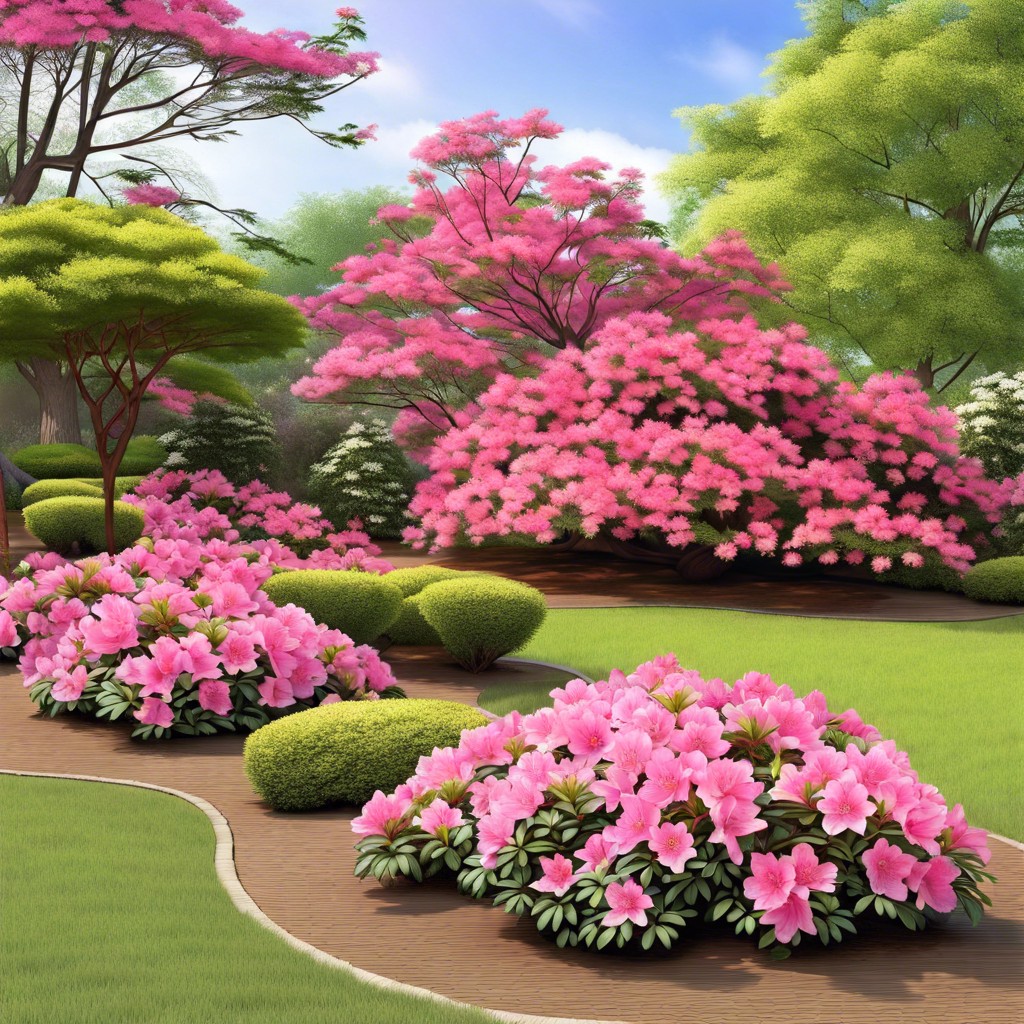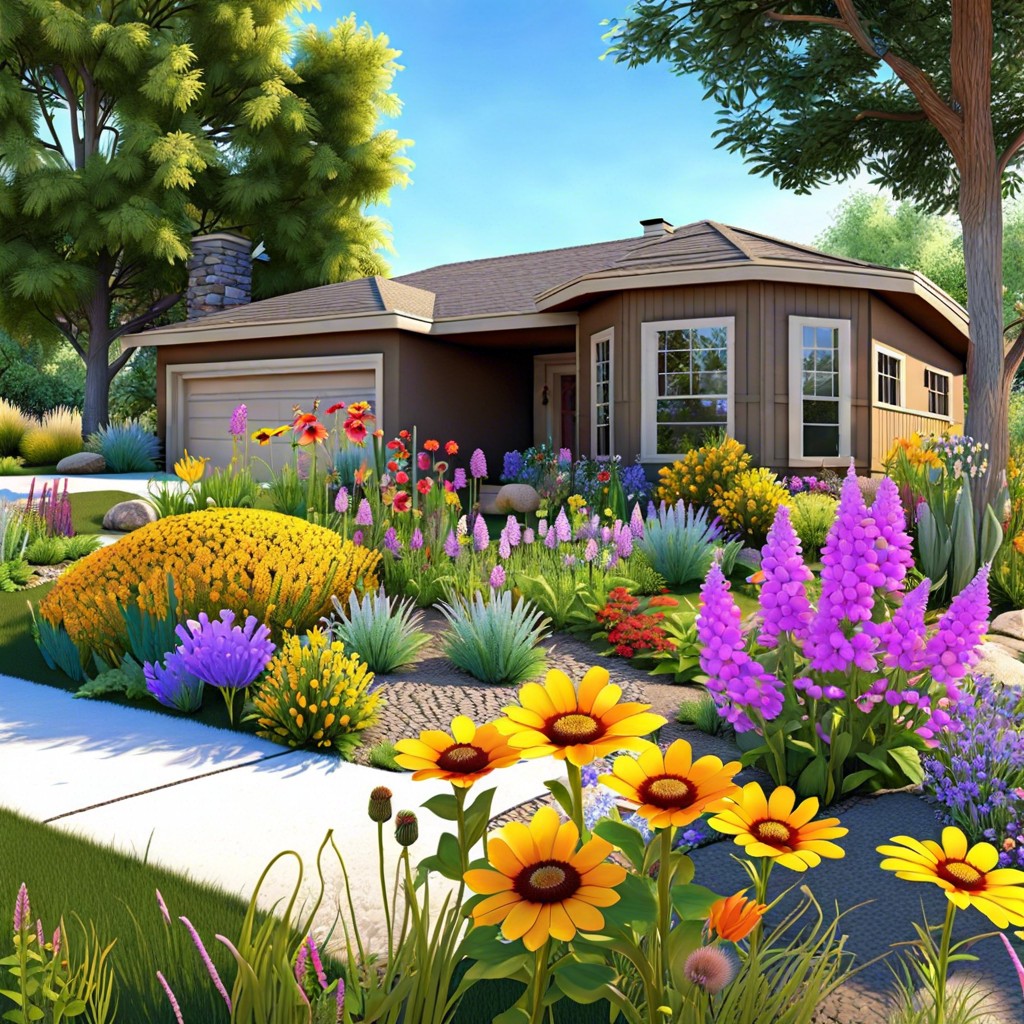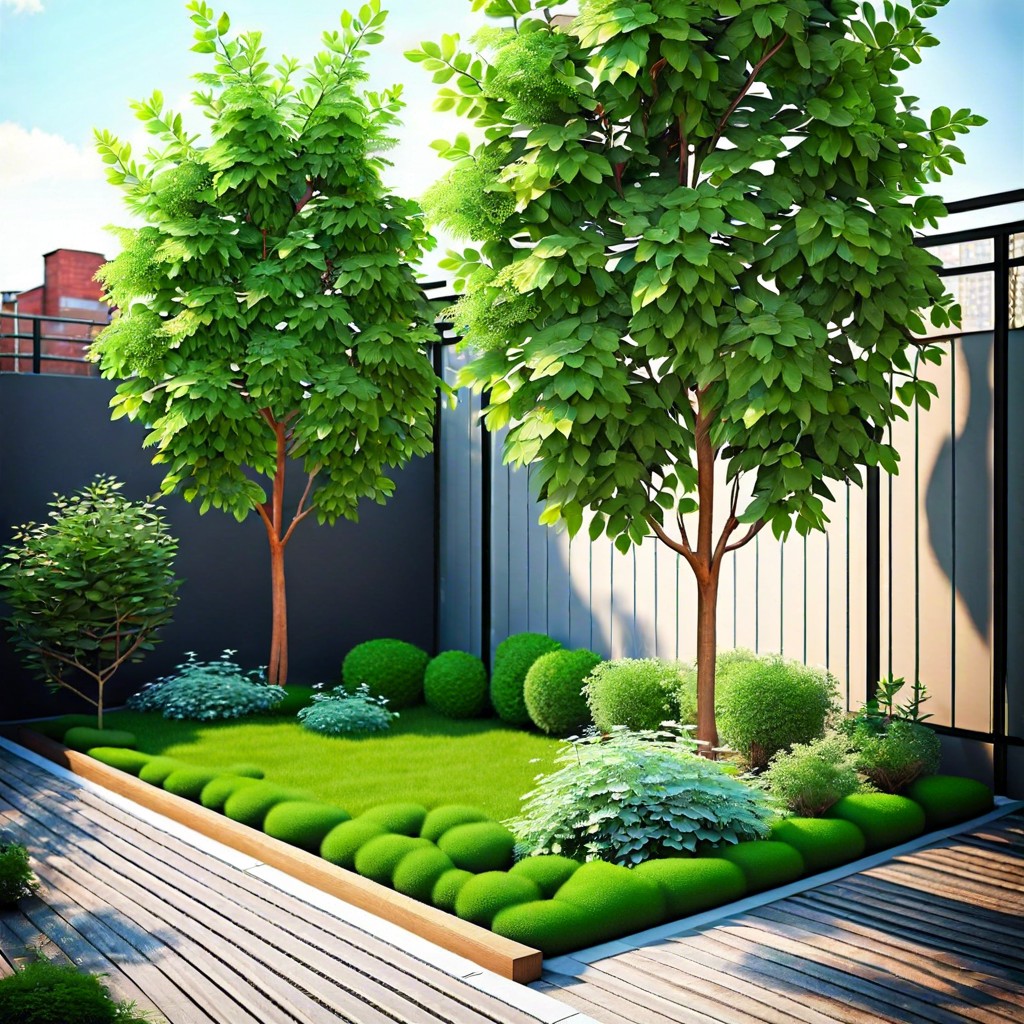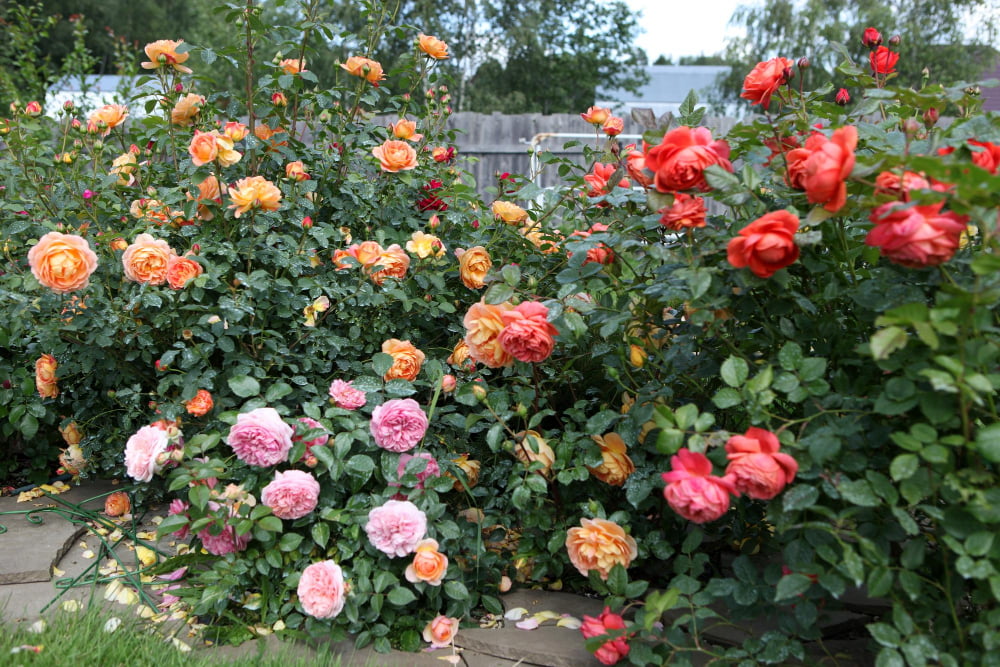Discover the fascinating world of dwarf trees, from their growth habits to landscaping benefits—a practical guide for gardening enthusiasts and curious minds alike.
Key takeaways:
- Dwarf trees come in two main types: naturally occurring dwarfs and those created through grafting.
- Dwarf trees require the same care as regular trees, including sunlight, water, and pruning.
- The best time to plant dwarf trees is in early spring or late fall, when the soil is ideal.
- Popular dwarf tree varieties include ‘Gala’ apple, ‘Dwarf Cavendish’ banana, ‘Improved Meyer’ lemon, ‘Honey Babe’ peach, ‘North Star’ cherry, and ‘Crimson Queen’ Japanese maple.
- Dwarf trees bring beauty, fruit, and shade to small spaces.
Types of Dwarf Trees

Alright, let’s talk about the small but mighty members of the arboreal community: dwarf trees. They pack a lot of personality into a pint-sized package. These little guys come in two main categories. First, we have the naturally occurring dwarfs, the “true” dwarfs if you will. They’re the Danny DeVitos of the tree world, inherently compact and slow-growing. These bitty beauties are perfect for limited spaces and can really thrive with the right care.
Then there’s the second type – the result of some horticultural wizardry known as grafting. Picture this: a tiny tree top hitching a ride on the roots of a larger, more vigorous species. Sounds like something out of a fairy tale, doesn’t it? But this technique gives us trees that produce full-sized fruit on miniaturized frames – a win-win for those with small gardens or for bringing a spot of orchard into an urban balcony scene.
Whatever type tickles your fancy, remember that while small in stature, these trees still bring all the benefits of their larger cousins – from flowers to fruit to that oh-so-important shade. Plus, they fit into garden nooks and crannies that would leave bigger plants feeling a touch claustrophobic.
What You Need To Know About Dwarf Trees
Dwarf trees are the pint-sized cousins of their full-sized relatives, perfect for smaller spaces and adding a touch of whimsy to your garden. Think of them as compact, living sculptures that not only fit into cozy corners but also pack the same visual punch as their larger counterparts.
First off, don’t let the word ‘dwarf’ fool you into thinking these trees are lacking in strength. They’re just as resilient as bigger trees, but their growth is limited thanks to specific selective breeding or grafting practices that keep them on the smaller side.
When considering adding a dwarf tree to your plant family, remember they still require the same basic care as any other tree. Sunlight, water, and a comfy spot in the soil are essential ingredients for a happy miniature arboreal companion.
While they won’t grow into towering giants, dwarf trees will still need a nip and tuck now and then. Pruning helps maintain their shape and encourages healthy growth. Plus, it’s a chance to tune into your inner garden artist and shape these mini marvels to your liking.
So, if you’re itching to turn your garden into a land of Lilliputian delight or just want a fruit tree that won’t knock on your second-story window, dwarf trees might just be your perfect green companions. With a bit of love and the right care, these little guys can make a big impact.
When to Plant Dwarf Trees
Getting your timing right is key for giving those little wonders the best start in life. Generally, the ideal planting season falls in the cooler months of early spring or late fall. This is the sweet spot when the soil is just right—not too wet, not too dry, and the temperature hasn’t reached either extreme of the thermostat.
Now, if you’re raring to go with a spade in spring, hold your horses until the threat of frost has waved goodbye. This nippy villain can wreak havoc on tender young roots! On the flip side, planting as autumn leaves start to throw their golden confetti gives your tree a chance to get comfy in its new home before winter’s chill sets in.
Soil temperature also deserves a shout-out. Aim for that Goldilocks zone, where the soil is neither too cold nor too warm. Most dwarf trees dig temperatures around 50-70 degrees Fahrenheit.
And remember, folks, this isn’t a race. If you miss your planting window, it’s better to be patient than to plant at a less-than-ideal time. After all, good things come to gardeners who wait!
Popular Dwarf Tree Varieties
Stepping into the petite orchard of dwarf trees, you’ll swiftly notice it’s quite the variety show. Let’s turn the spotlight on a few crowd-pleasers that tend to steal the scene in gardens both grand and modest.
First up is the ‘Gala’ apple, a pint-sized performer boasting sweet, crisp fruits that are perfect for your lunchbox. No need to climb a ladder here—these apples are within easy reach, making harvest a breeze. Plus, ‘Gala’ trees are pretty forgiving for beginners, so they’re ideal if you’re just dipping your toes in the gardening pond.
Not to be outdone, the ‘Dwarf Cavendish’ banana dances to its own tropical rhythm. This little fellow could potentially bring a touch of the exotic right to your back patio. Imagine that—a homegrown banana split, straight from your pot to your dessert bowl!
If citrus is more your beat, the ‘Improved Meyer’ lemon tree is a zesty option that’s about as versatile as they come. These lemons are sweeter than your average variety, perfect for everything from squeezing onto seafood to whipping up a batch of homemade lemonade.
For the fans of stone fruits, the ‘Honey Babe’ peach swings in with juicy, flavor-packed fruit on a tree that won’t turn your garden into a jungle. It’s like having a slice of peach cobbler heaven without the sprawling branches.
Shifting to a cooler note, the ‘North Star’ cherry offers a tart twist that pie enthusiasts will sing about. It’s a hardy little tree that doesn’t fuss over the cold and keeps things neatly contained.
And lastly, let’s not forget the ornamental darlings—the ‘Crimson Queen’ Japanese maple is a splendid choice to paint your garden with shades of deep red, all in a compact form that draws the eye without overshadowing its garden companions.
These pint-sized powerhouses show that when it comes to gardens, the best things truly do come in small packages. With such a bevy of dwarf trees to choose from, planting your diminutive garden of Eden just got a whole lot more exciting. And the best part? There’s a perfect little tree out there just waiting to put roots down in your life story.




